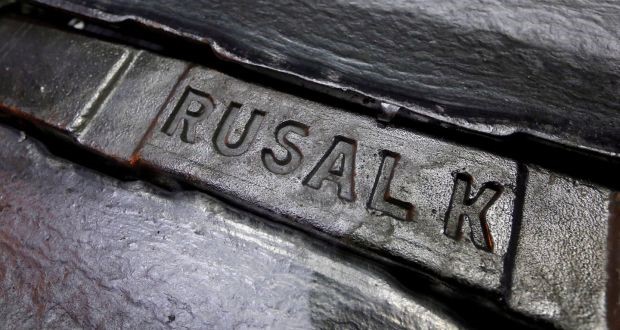

Rusal, one of the leading global aluminium producers, has signed a new five-year sustainability-linked pre-export finance facility for USD 1,085,000,000. The financed amount is increased from the initially announced USD 750 million because of Rusal’s commitment to low-carbon aluminium technologies and green aluminium production.
This finance facility is the first ever sustainability-linked syndicated facility arranged by international and domestic commercial banks in Russia. The interest rate is linked to a sustainability discount or premium determined by the company’s fulfilment of the sustainability key performance indicators (KPI).
{alcircleadd}
Sustainability KPIs are related to the environmental impact of Rusal’s operations and its sustainable developments. It also covers the growth targets of the sale of “ALLOW”, RUSAL’s hydro-powered low-carbon aluminium. Other KPIs also cover the reduction of carbon footprint and decrease of fluoride emissions, which will be measured annually and verified by a third party.
“We are very delighted to witness this level of trust from the investment and banking community towards the Company’s sustainability initiatives. Such high market interest also reflects the rising global demand for the low-carbon aluminium, of which RUSAL is the largest producer, said Evgenii Nikitin, RUSAL’s CEO.
He added that the sustainability linked finance facility indicates Rusal’s commitment towards maintaining transparency in green aluminium production. It, according to him, is a crucial step towards refinancing company’s debts.
The proceeds of the facility will be used to partly refinance the principal outstanding under the existing up to USD 2 billion pre-export finance facility that was drawn in May 2017.
RUSAL is the largest producer of green aluminium in the world because of its hydro-powered facilities. Its low-carbon aluminium smelters have a carbon footprint four times lower than the industry average. RUSAL continues to pioneer new technology which is focused on eliminating its greenhouse gas emissions and it also follows an aggressive plantation drive.
Responses








